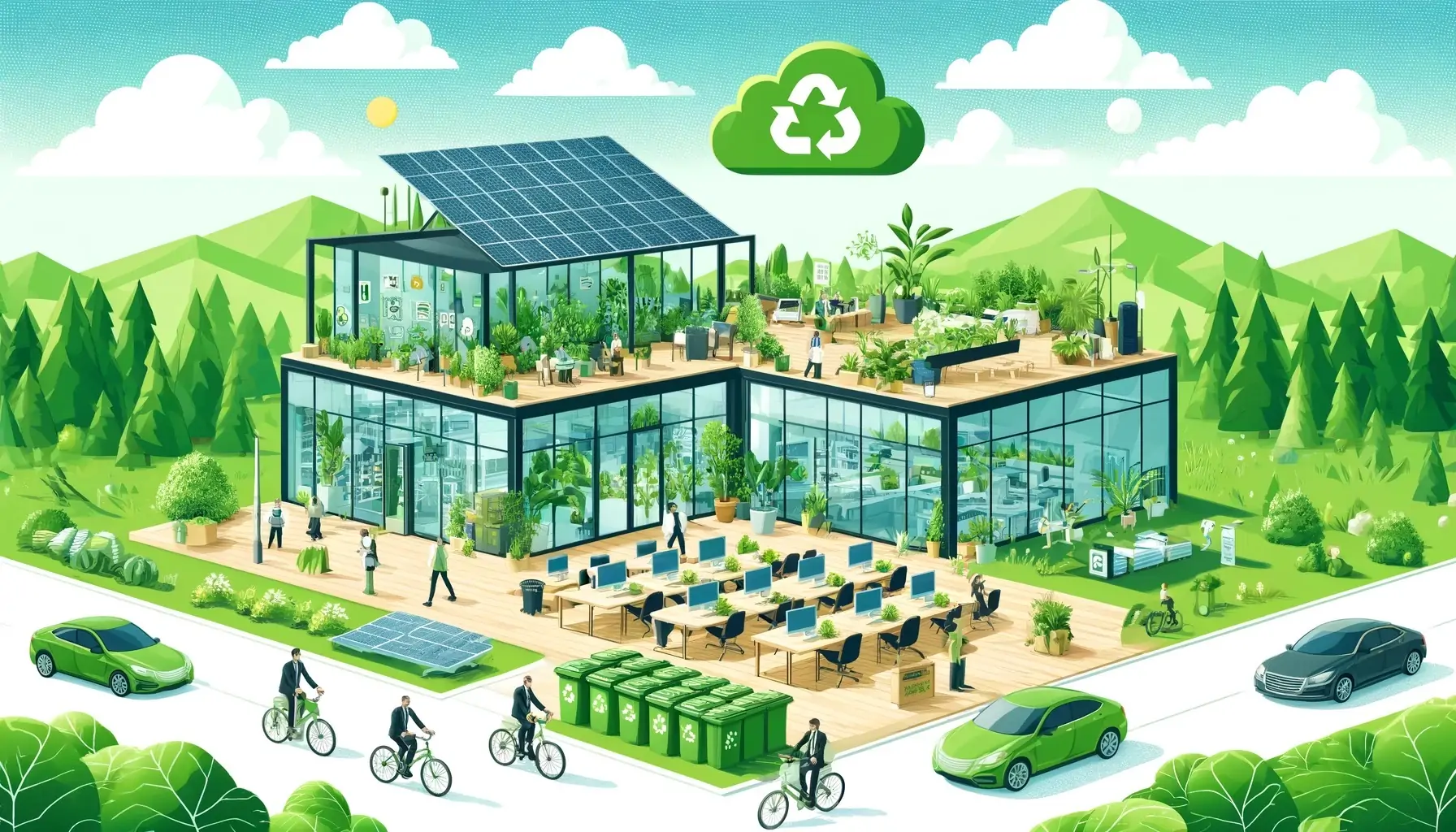Power Up Your Parking Lot: How Battery Storage Boosts Existing EV Chargers
The electric vehicle (EV) revolution is gaining momentum in the UK. As more drivers make the switch to clean transportation, existing building owners with EV chargers face a challenge: managing peak electricity demand. Here’s where battery storage comes in, offering a powerful solution to enhance existing EV charging infrastructure.
The Challenge of Peak Demand:
EV charging significantly increases a building’s electricity demand, especially during peak hours when residents or employees charge their vehicles simultaneously. This can strain the grid and potentially lead to higher electricity costs.
Battery Storage: A Powerful Ally:
Electrical Energy Storage Systems (EESS) can be integrated with existing EV charging infrastructure to provide a game-changing solution. Here’s how:
- Smoothing the Load: Battery storage systems can store excess energy generated during off-peak hours, typically at night when electricity demand is lower. This stored energy can then be used to power EV chargers during peak periods, reducing the strain on the grid and potentially lowering electricity costs for the building owner.
- Enhanced Sustainability: By utilizing stored energy, reliance on the grid during peak hours is reduced. This can be particularly beneficial if the grid’s electricity is generated from fossil fuels, as it allows for cleaner EV charging with a lower carbon footprint.
- Future-Proofing for Growth: As EV adoption continues to rise, battery storage ensures existing charging infrastructure can accommodate future demand. The ability to store and utilize energy strategically helps buildings cope with the increasing electrical needs of a growing EV fleet.
Benefits for Building Owners and Residents:
- Reduced Operational Costs: By managing peak demand charges and potentially lowering overall electricity consumption, battery storage can lead to significant cost savings for building owners.
- Increased Charging Availability: Battery storage ensures consistent power availability for EV charging, even during peak hours, leading to a more reliable charging experience for residents or employees.
- Enhanced Sustainability: The combination of EV charging and battery storage promotes a cleaner and more sustainable future for buildings and their communities.
Turning Up the Cool, Naturally: Powering Your AC with Solar and Battery Storage
The summer heat can be brutal, and air conditioning (AC) provides a welcome escape. But the traditional reliance on grid-based electricity for AC can raise concerns about environmental impact and rising energy costs.
However, for buildings equipped with solar panels and battery storage, a greener and potentially cost-effective solution exists: powering your AC with these existing renewable energy systems.
Harnessing the Sun’s Power:
Solar panels convert sunlight into clean electricity, directly offsetting reliance on the grid for your building’s overall energy needs. During sunny hours, the AC can be powered directly by the solar energy generated, significantly reducing your dependence on the traditional electrical grid.
Battery Storage: The Key to Consistency:
While solar panels shine brightly during the day, AC use often extends into evenings and even overnight. This is where battery storage plays a crucial role. Excess solar energy generated during the day can be stored in batteries, creating a reservoir of clean energy to power your AC even when the sun isn’t shining.
Optimizing Energy Use:
The key to maximizing self-sufficiency lies in smart management. Here’s how we would look to optimise your system:
- Smart Controls: Utilising smart controls for your AC system. These controls can be programmed to prioritize solar-generated power during peak sunlight hours and switch to battery storage when needed.
- Shifting Usage: If possible, consider shifting some AC usage to sunnier hours. For example, pre-cool your building during the day to minimize reliance on AC at night.
Benefits of Solar-Powered AC:
- Reduced Carbon Footprint: By relying on renewable energy sources, you significantly reduce your building’s dependence on fossil fuels and minimise your overall carbon footprint.
- Potential Cost Savings: Offsetting grid-based electricity with solar and battery storage can lead to significant cost savings on your energy bills.
- Increased Energy Independence: The ability to generate and store your own clean energy fosters greater self-reliance and reduces vulnerability to fluctuations in electricity prices.
A Sustainable Future for Cooling:
By leveraging existing solar and battery storage systems, powering your AC with renewable energy is a viable and sustainable option. This approach not only combats climate change but also offers potential cost savings and increased energy independence. As solar technology and battery storage solutions continue to evolve, powering your buildings with clean energy becomes a more accessible and attractive reality. Embrace the sunshine and explore how your existing solar and battery storage can create a cooler, greener future.
